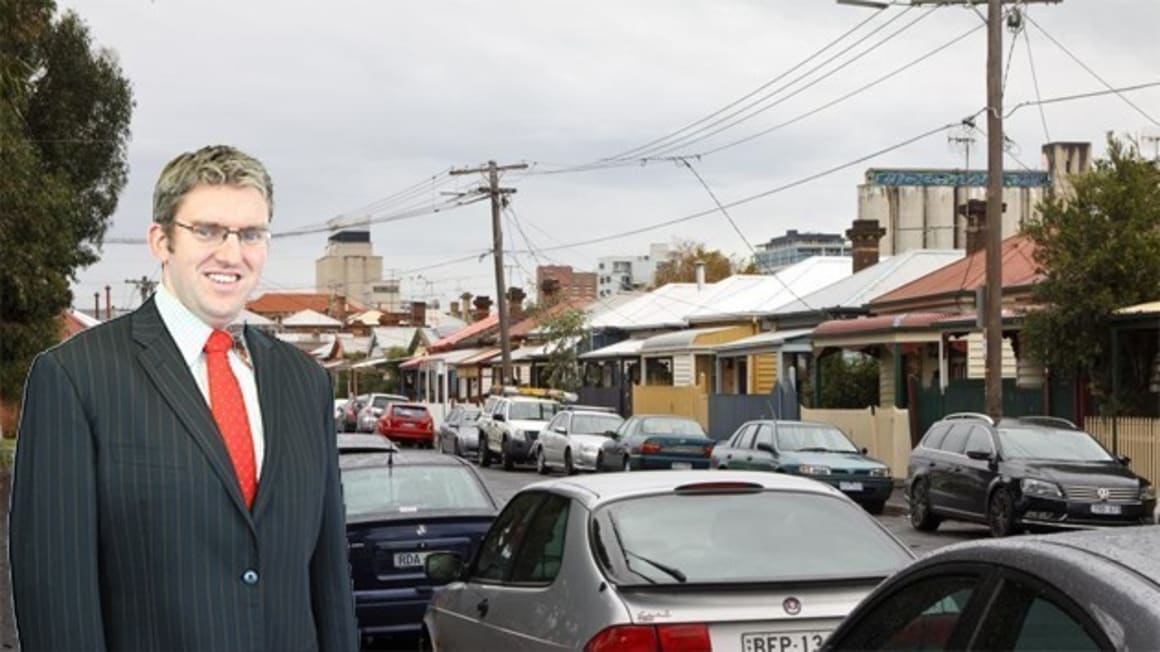Mind the price gap: Units currently better value for buyers than houses

In a turnaround for preferred property types in 2013, value growth for houses outperformed units whereas in 2012 it was the opposite. However, I question whether this will last during 2014, especially if buyers are locked out of markets due to affordability constraints.
Using the results in the December 2013 RP Data-Rismark Home Value Index, the combined capital city house values increased by 9.9% in 2013, compared to a 9.0% increase in unit values.
Although house values rose at a faster pace than units over the year, capital city houses and units recorded similar annual rates of growth over the past five years, at 4.8%, and 4.7% per annum respectively.
If we look at the median selling prices for houses and units across all capital cities over the final quarter of 2013, unit prices were around $95,000 lower than median house prices.
Across the individual capital cities, Adelaide had the smallest gap at $80,000 while in Sydney it was $218,000, Darwin $145,000, Melbourne $144,000 and Canberra $138,000; all recorded a differential which is greater than $100,000.

Based on these results, buyers may now opt to purchase units over houses, particularly in the more expensive cities where units are in abundance in the inner city areas and where the price difference between houses and units can be significantly greater than those across the broader capital city areas.
By percentages, the median unit prices across the combined capital cities are currently -16.5% lower than median house a price which is a record high differential. At the same time in 2012, the differential was - 14.3%.

Again, the widening gap between house and unit prices is likely to drive more purchasers to the unit market rather than the detached housing market.
At an individual capital city level, the price difference between houses and units has been increasing:
•Sydney - 28.1%
•Melbourne - 23.0%
•Brisbane - 18.5%
•Adelaide - 19.8%
•Perth - 18.3%
•Hobart - 27.1%
•Darwin - 24.5%
•Canberra -24.2%

For Sydney, Melbourne and Hobart, the differential in prices is at an all-time high. For Brisbane the price differential is the highest since early 2010, and in Adelaide it is at its largest level since the middle of 2008. The gap has closed slightly recently in Perth and Canberra, whilst in Darwin the differential is the greatest since late 2010.
If dwelling approvals data is anything to go by, it seems that in many of the capital cities new supply will be dominated by units rather than houses.
Over the 12 months to November 2013, approximately 50% of all approvals were for units in Melbourne and Brisbane while in Sydney, Darwin and Canberra, more than 60% of all dwelling approvals over the year were for units.

With strong value increases in some cities across 2013 coupled and with an increase in selling prices, we may see price sensitive buyers start to look at the unit market where there are many more options available.
As to who should be buying where, first home buyers should look at older units in inner city areas as these can offer more affordable entry points into the market while still being within popular locations. Units also offer a good housing alternative for those looking to downsize.
From an investor’s perspective, units typically enjoy stronger rental demand and superior gross rental yields to those awarded by houses.
All of these benefits are in most cases afforded at much lower prices than houses within the same local area.
Cameron Kusher is senior research analyst at RP Data.